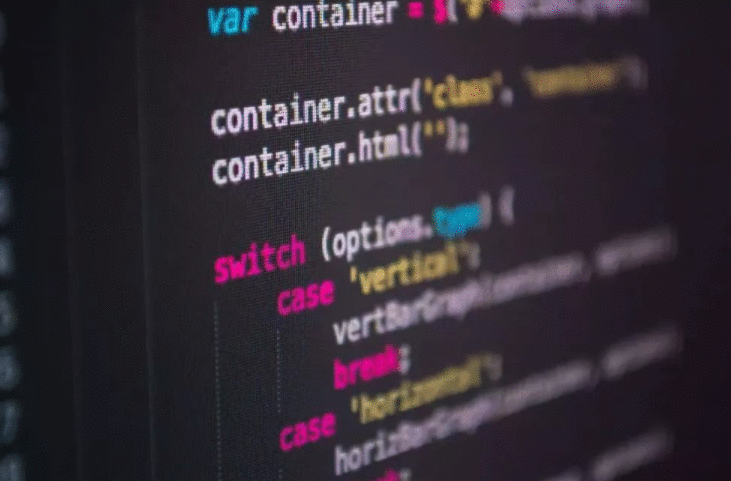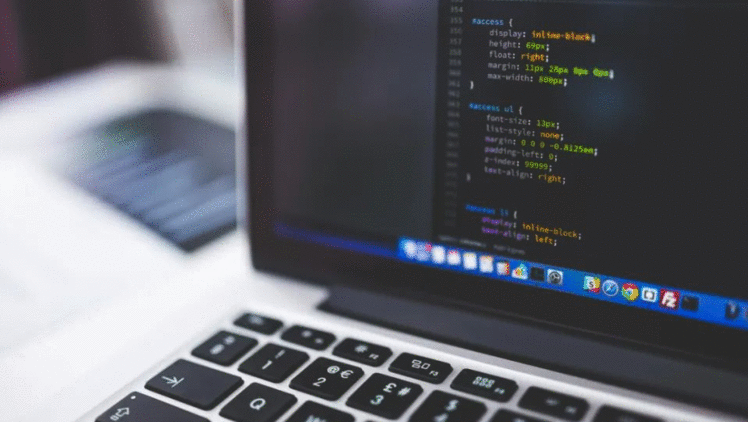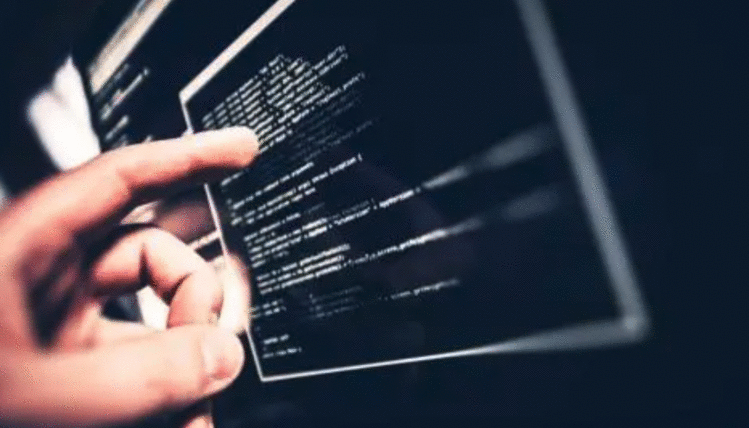我在草图中设计了UI元素,其中一个具有模糊1和传播0的阴影.我查看了视图图层属性的文档,图层没有任何名为spread或blur的东西,或者任何等效的东西(唯一的控件是only shadowOpacity)如何控制模糊和传播之类的东西?
编辑:
以下是Sketch中的设置:

这就是我希望我的阴影看起来像:

这就是目前的样子:

注意,你必须点击图片才能真正看到阴影.
我的代码如下:
func setupLayer(){
view.layer.cornerRadius = 2
view.layer.shadowColor = Colors.Shadow.CGColor
view.layer.shadowOffset = CGSize(width: 0, height: 1)
view.layer.shadowOpacity = 0.9
view.layer.shadowRadius = 5
}
Senseful.. 220
以下是如何将所有6个Sketch阴影属性应用于UIView的图层,具有接近完美的精度:
extension CALayer {
func applySketchShadow(
color: UIColor = .black,
alpha: Float = 0.5,
x: CGFloat = 0,
y: CGFloat = 2,
blur: CGFloat = 4,
spread: CGFloat = 0)
{
shadowColor = color.cgColor
shadowOpacity = alpha
shadowOffset = CGSize(width: x, height: y)
shadowRadius = blur / 2.0
if spread == 0 {
shadowPath = nil
} else {
let dx = -spread
let rect = bounds.insetBy(dx: dx, dy: dx)
shadowPath = UIBezierPath(rect: rect).cgPath
}
}
}
假设我们想要代表以下内容:

您可以通过以下方式轻松完成
myView.layer.applySketchShadow( color: .black, alpha: 0.5, x: 0, y: 0, blur: 4, spread: 0)
或者更简洁:
myView.layer.applySketchShadow(y: 0)
例:
左:iPhone 8 UIView截图; 右:草图矩形.
注意:
使用非零值时spread,它会根据boundsCALayer 的路径对路径进行硬编码.如果图层的边界发生变化,您需要applySketchShadow()再次调用该方法.
相对于硬编码`blur / 2.0`,这应该是`shadowRadius = blur / UIScreen.main.scale`吗?或者,还有其他原因除以2吗?@matchifang你明白了吗? (3认同)
您忘记设置`maskToBounds = false`。 (2认同)
O-mkar.. 56
你可以尝试这个......你可以玩这些值.这shadowRadius决定了模糊的数量.shadowOffset决定阴影的去向.
Swift 2.0
let radius: CGFloat = demoView.frame.width / 2.0 //change it to .height if you need spread for height let shadowPath = UIBezierPath(rect: CGRect(x: 0, y: 0, width: 2.1 * radius, height: demoView.frame.height)) //Change 2.1 to amount of spread you need and for height replace the code for height demoView.layer.cornerRadius = 2 demoView.layer.shadowColor = UIColor.blackColor().CGColor demoView.layer.shadowOffset = CGSize(width: 0.5, height: 0.4) //Here you control x and y demoView.layer.shadowOpacity = 0.5 demoView.layer.shadowRadius = 5.0 //Here your control your blur demoView.layer.masksToBounds = false demoView.layer.shadowPath = shadowPath.CGPath
Swift 3.0
let radius: CGFloat = demoView.frame.width / 2.0 //change it to .height if you need spread for height let shadowPath = UIBezierPath(rect: CGRect(x: 0, y: 0, width: 2.1 * radius, height: demoView.frame.height)) //Change 2.1 to amount of spread you need and for height replace the code for height demoView.layer.cornerRadius = 2 demoView.layer.shadowColor = UIColor.black.cgColor demoView.layer.shadowOffset = CGSize(width: 0.5, height: 0.4) //Here you control x and y demoView.layer.shadowOpacity = 0.5 demoView.layer.shadowRadius = 5.0 //Here your control your blur demoView.layer.masksToBounds = false demoView.layer.shadowPath = shadowPath.cgPath
传播的例子

创建基本阴影
demoView.layer.cornerRadius = 2
demoView.layer.shadowColor = UIColor.blackColor().CGColor
demoView.layer.shadowOffset = CGSizeMake(0.5, 4.0); //Here your control your spread
demoView.layer.shadowOpacity = 0.5
demoView.layer.shadowRadius = 5.0 //Here your control your blur
Swift 2.0中的基本阴影示例

以下是如何将所有6个Sketch阴影属性应用于UIView的图层,具有接近完美的精度:
extension CALayer {
func applySketchShadow(
color: UIColor = .black,
alpha: Float = 0.5,
x: CGFloat = 0,
y: CGFloat = 2,
blur: CGFloat = 4,
spread: CGFloat = 0)
{
shadowColor = color.cgColor
shadowOpacity = alpha
shadowOffset = CGSize(width: x, height: y)
shadowRadius = blur / 2.0
if spread == 0 {
shadowPath = nil
} else {
let dx = -spread
let rect = bounds.insetBy(dx: dx, dy: dx)
shadowPath = UIBezierPath(rect: rect).cgPath
}
}
}
假设我们想要代表以下内容:

您可以通过以下方式轻松完成
myView.layer.applySketchShadow( color: .black, alpha: 0.5, x: 0, y: 0, blur: 4, spread: 0)
或者更简洁:
myView.layer.applySketchShadow(y: 0)
例:
左:iPhone 8 UIView截图; 右:草图矩形.
注意:
使用非零值时spread,它会根据boundsCALayer 的路径对路径进行硬编码.如果图层的边界发生变化,您需要applySketchShadow()再次调用该方法.
你可以尝试这个......你可以玩这些值.这shadowRadius决定了模糊的数量.shadowOffset决定阴影的去向.
Swift 2.0
let radius: CGFloat = demoView.frame.width / 2.0 //change it to .height if you need spread for height let shadowPath = UIBezierPath(rect: CGRect(x: 0, y: 0, width: 2.1 * radius, height: demoView.frame.height)) //Change 2.1 to amount of spread you need and for height replace the code for height demoView.layer.cornerRadius = 2 demoView.layer.shadowColor = UIColor.blackColor().CGColor demoView.layer.shadowOffset = CGSize(width: 0.5, height: 0.4) //Here you control x and y demoView.layer.shadowOpacity = 0.5 demoView.layer.shadowRadius = 5.0 //Here your control your blur demoView.layer.masksToBounds = false demoView.layer.shadowPath = shadowPath.CGPath
Swift 3.0
let radius: CGFloat = demoView.frame.width / 2.0 //change it to .height if you need spread for height let shadowPath = UIBezierPath(rect: CGRect(x: 0, y: 0, width: 2.1 * radius, height: demoView.frame.height)) //Change 2.1 to amount of spread you need and for height replace the code for height demoView.layer.cornerRadius = 2 demoView.layer.shadowColor = UIColor.black.cgColor demoView.layer.shadowOffset = CGSize(width: 0.5, height: 0.4) //Here you control x and y demoView.layer.shadowOpacity = 0.5 demoView.layer.shadowRadius = 5.0 //Here your control your blur demoView.layer.masksToBounds = false demoView.layer.shadowPath = shadowPath.cgPath
传播的例子

创建基本阴影
demoView.layer.cornerRadius = 2
demoView.layer.shadowColor = UIColor.blackColor().CGColor
demoView.layer.shadowOffset = CGSizeMake(0.5, 4.0); //Here your control your spread
demoView.layer.shadowOpacity = 0.5
demoView.layer.shadowRadius = 5.0 //Here your control your blur
Swift 2.0中的基本阴影示例

在Swift 4中使用IBDesignable和IBInspectable绘制草图阴影
逐个草图和XCODE
码
@IBDesignable class ShadowView: UIView {
@IBInspectable var shadowColor: UIColor? {
get {
if let color = layer.shadowColor {
return UIColor(cgColor: color)
}
return nil
}
set {
if let color = newValue {
layer.shadowColor = color.cgColor
} else {
layer.shadowColor = nil
}
}
}
@IBInspectable var shadowOpacity: Float {
get {
return layer.shadowOpacity
}
set {
layer.shadowOpacity = newValue
}
}
@IBInspectable var shadowOffset: CGPoint {
get {
return CGPoint(x: layer.shadowOffset.width, y:layer.shadowOffset.height)
}
set {
layer.shadowOffset = CGSize(width: newValue.x, height: newValue.y)
}
}
@IBInspectable var shadowBlur: CGFloat {
get {
return layer.shadowRadius
}
set {
layer.shadowRadius = newValue / 2.0
}
}
@IBInspectable var shadowSpread: CGFloat = 0 {
didSet {
if shadowSpread == 0 {
layer.shadowPath = nil
} else {
let dx = -shadowSpread
let rect = bounds.insetBy(dx: dx, dy: dx)
layer.shadowPath = UIBezierPath(rect: rect).cgPath
}
}
}
}
输出值
如何使用它
这段代码对我很有用:
yourView.layer.shadowOpacity = 0.2 // opacity, 20% yourView.layer.shadowColor = UIColor.black.cgColor yourView.layer.shadowRadius = 2 // HALF of blur yourView.layer.shadowOffset = CGSize(width: 0, height: 2) // Spread x, y yourView.layer.masksToBounds = false
 京公网安备 11010802040832号 | 京ICP备19059560号-6
京公网安备 11010802040832号 | 京ICP备19059560号-6